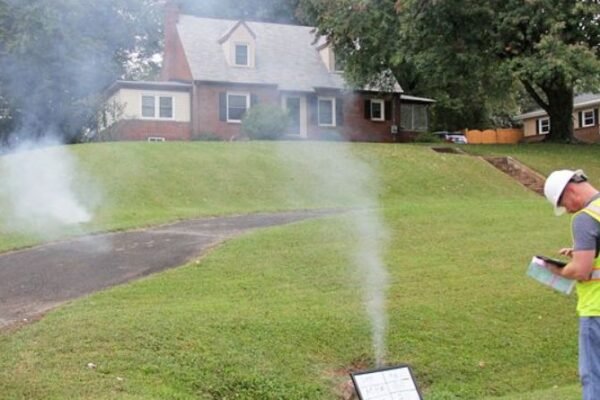Maintenance Mastery: The Key to Longevity for Your Stone Grapple
A stone grapple for an excavator is an essential tool for industries that deal with heavy and abrasive materials. However, to ensure its reliability and efficiency, a rigorous and consistent maintenance routine is crucial. Below, we explore the best practices for maintaining your stone grapple to keep it operating at peak performance.
Regular Inspection: The First Line of Defense
Routine inspections are the cornerstone of good maintenance. It’s important to check for signs of wear and tear, especially around the grapple’s moving parts. Look for cracks, bends, and excessive wear in the tines, as these can compromise the grapple’s ability to function safely and effectively.
Hydraulic System Care
Since rock grabber rely on hydraulic systems to operate, maintaining the hydraulic components is vital. Regularly check for leaks, damaged seals, or worn hoses. Keeping the hydraulic fluid at the proper level and ensuring it is clean will prevent many common mechanical issues.
Lubrication: A Smooth Operation
Proper lubrication reduces friction and wear on the grapple’s moving parts. Adhering to the manufacturer’s guidelines, use the recommended grease to lubricate pivot points and bearings regularly. This simple step can prevent costly repairs and extend the lifespan of your grapple.
Tine and Cutting Edge Maintenance
The tines and cutting edges endure the most direct contact with materials and, consequently, wear down over time. Inspect these components regularly for sharpness and integrity. Some grapples are designed with replaceable tips or edges, making it easy to swap out worn parts without needing significant repairs.
Structural Integrity Checks
The structure of the stone grapple should be inspected for any signs of stress or deformation. High-stress areas, particularly where the grapple attaches to the excavator, should be monitored closely to prevent structural failure during operations.
Bolt and Joint Examination
Loose or damaged bolts and joints can lead to catastrophic failures. Ensure that all connections are secure and that any locking mechanisms are fully engaged. Re-torque bolts according to the maintenance schedule provided by the manufacturer.
Cleaning: More Than Just Aesthetics
After each use, remove any debris that may have accumulated in the grapple. A build-up of materials can add unnecessary weight and stress to the grapple and can also attract moisture, leading to rust and corrosion.
Storage Solutions
When the grapple is not in use, store it in a dry, covered area to protect it from the elements. Proper storage will prevent rusting and corrosion, which can severely reduce the operational life of your grapple.
Record Keeping
Keep a maintenance log for your stone grapple. This should include details of all inspections, repairs, and replacements. A well-maintained log will not only help in scheduling regular maintenance but also provide valuable information when troubleshooting issues.
Training for Maintenance
Ensure that all operators are trained not just to use the stone grapple, but to recognize signs of wear and potential issues. An informed operator is your first line of defense against premature wear and damage.
Conclusion
Regular and attentive maintenance is essential for ensuring that your stone grapple remains a reliable asset to your excavator fleet. By following these guidelines, you can extend the service life of your grapple, maintain safety standards, and save money on repairs in the long run. Remember, a well-maintained stone grapple is a productive one, so invest the time and resources into maintenance mastery to reap the benefits of optimal performance.










